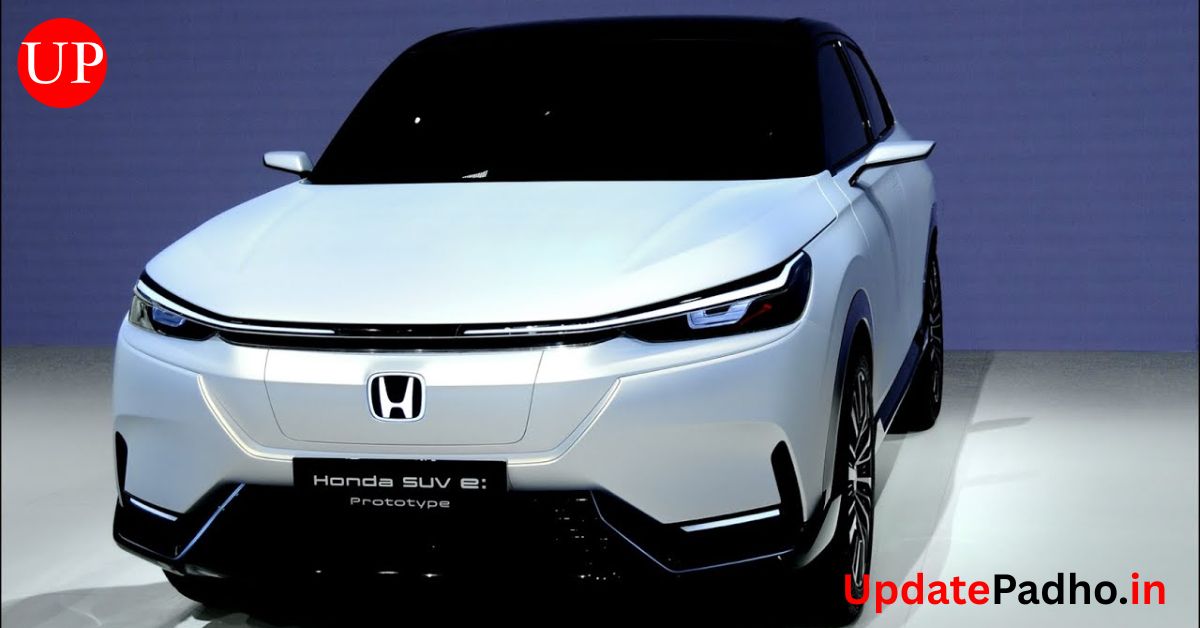Honda is reportedly considering a new sub-4-metre SUV for the Indian market, aiming to re-enter one of the country’s most competitive and fast-growing automotive segments. With a revised GST structure favoring compact vehicles and a product roadmap that includes seven new SUVs by 2030, Honda’s move could reshape its presence in India.
India’s automotive landscape is undergoing a seismic shift, and Honda seems poised to ride the wave. After years of maintaining a relatively lean portfolio in the country, the Japanese automaker is now mulling a return to the sub-4-metre SUV segment—a space that has become the beating heart of India’s passenger vehicle market.
Why Sub-4-Metre SUVs Matter in India
The sub-4-metre SUV category is not just a niche—it’s a volume powerhouse. Thanks to India’s Goods and Services Tax (GST) structure, vehicles under four metres enjoy lower taxation, making them more affordable for buyers and more profitable for manufacturers. This segment includes bestsellers like the Tata Nexon, Maruti Brezza, Hyundai Venue, and Kia Sonet—all of which have helped their respective brands capture significant market share.
Honda, once a strong player in the compact space with models like the Brio, Jazz, and WR-V, has gradually phased out these offerings. Currently, its sub-4-metre presence is limited to the Amaze sedan. But with consumer preferences shifting toward SUVs, Honda’s absence in this segment has become increasingly conspicuous.
Honda’s Strategic Shift
At the Japan Mobility Show 2025, Honda unveiled an ambitious roadmap for India: 10 new models by 2030, including seven SUVs. This marks a significant pivot from its previous strategy, which focused more on sedans and premium offerings. The subcompact SUV is expected to be a key part of this new lineup, potentially serving as a volume driver and brand builder.
While Honda has not officially confirmed the launch, sources suggest that the company is actively evaluating the feasibility of a sub-4-metre SUV. The challenge lies in cost optimization—a critical factor in a price-sensitive market like India. Honda will need to strike a balance between affordability and brand value, ensuring that the new SUV doesn’t dilute its premium image while still competing effectively with rivals.
What to Expect from Honda’s Compact SUV
Although details remain under wraps, industry insiders speculate that the new SUV could be based on a modified version of the Amaze platform, which already complies with sub-4-metre regulations. This would allow Honda to leverage existing infrastructure and reduce development costs.
Design-wise, expect a bold, urban-friendly aesthetic with Honda’s signature styling cues—sleek LED headlamps, a prominent grille, and a sporty stance. Inside, the SUV is likely to offer a tech-rich cabin with features like a touchscreen infotainment system, connected car tech, and advanced safety features to match competitors.
Powertrain options could include a 1.2-litre petrol engine, possibly with a hybrid variant to enhance fuel efficiency. Given the growing interest in electrification, Honda might also explore an electric version down the line, although that’s likely to be a separate offering.
Competitive Landscape
Honda’s entry into the sub-4-metre SUV space won’t be easy. The segment is fiercely competitive, with established players offering feature-packed models at aggressive price points. To succeed, Honda will need to differentiate itself—perhaps through superior build quality, refined driving dynamics, or a compelling ownership experience.
The brand’s reputation for reliability and after-sales service could work in its favor, especially among buyers looking for long-term value. Additionally, Honda’s dealer network, though smaller than some rivals, is known for its customer-centric approach.
Timing and Market Impact
If Honda greenlights the project, the new SUV could debut by 2026 or early 2027, aligning with its broader product rollout strategy. Its arrival would not only expand Honda’s footprint in India but also signal a renewed commitment to the market.
For consumers, this means more choices in a segment that’s already brimming with options. For Honda, it’s a chance to reclaim lost ground and tap into a demographic that values style, practicality, and affordability.
Final Thoughts
Honda’s potential re-entry into the sub-4-metre SUV segment is more than just a product launch—it’s a strategic recalibration. As the Indian market continues to evolve, brands must adapt or risk irrelevance. With the right mix of design, features, and pricing, Honda’s compact SUV could become a game-changer.
While the final decision is still pending, the signs are promising. And if Honda does take the plunge, it won’t just be chasing volumes—it’ll be chasing relevance in a market that’s redefining mobility, one compact SUV at a time.



